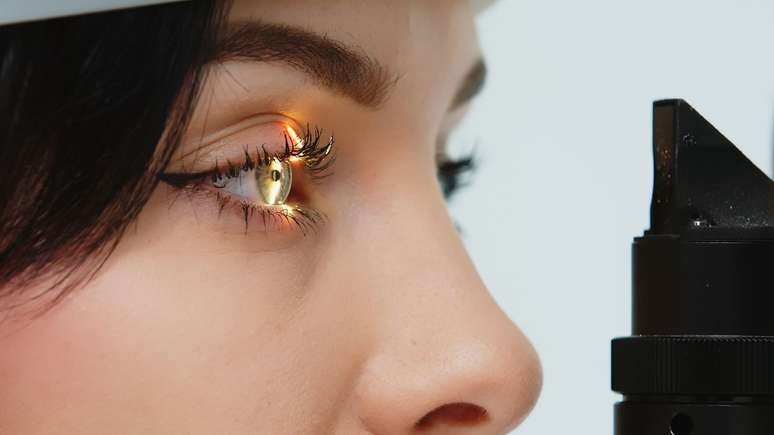High cholesterol can damage your vision, causing problems such as retinal vessel occlusion and retinal disease.
Excess cholesterol in the blood is a significant risk factor for cardiovascular disease. In addition to the known effects on heart health, new medical studies are revealing a worrying link between high cholesterol and eye problems.
According to Núbia Vanessa, an ophthalmologist at CBV-Hospital de Olhos, the problem can affect the eyes in several ways, including the formation of lipid deposits in the blood vessels of the retina, which can lead to conditions such as retinopathy and central retinal vein occlusion.
“These problems can cause blurred vision or sudden vision loss, highlighting the importance of maintaining healthy cholesterol levels not only for cardiovascular health, but also for eye health,” the expert emphasizes.
Additionally, high cholesterol is associated with the development of age-related macular degeneration (AMD), a leading cause of blindness in older adults. “It’s essential for people to understand that controlling cholesterol isn’t just about preventing heart disease, it’s also about preserving vision,” says Núbia.
How to prevent?
Preventing and controlling high cholesterol involves a healthy lifestyle, including a balanced diet, regular physical activity, and, in some cases, the use of prescribed medications. Regular medical checkups and ophthalmological consultations are essential steps to detect possible complications early.
According to the expert, awareness is the best ally to prevent diseases and ensure a healthy and fulfilling life. The National Day for the Fight against Cholesterol, celebrated on August 8, is an important date to raise awareness among the population about the risks associated with the problem. “It is essential that people ask for information and medical advice to keep cholesterol under control and thus protect the health of the heart and eyes”, concludes the ophthalmologist.
Source: Terra
Ben Stock is a lifestyle journalist and author at Gossipify. He writes about topics such as health, wellness, travel, food and home decor. He provides practical advice and inspiration to improve well-being, keeps readers up to date with latest lifestyle news and trends, known for his engaging writing style, in-depth analysis and unique perspectives.








